It’s been about three weeks since I announced the new version of your.flowingdata (YFD), and I’m pleased with how things have progressed. We’ve seen over 21,000 data points tweeted by all of you. Very cool.
People are tracking lots of different aspects of their lives including diet, bodily functions, and bad habits. Someone is tracking their child’s new words while another is recording who he meets up with. Some have written scripts to automate their data logging. It’s beautiful, really. Tear.
New Stuff
This is of course still the beginning though. There are a lot of things in the works and many features planned. I’ve got a long to-do list.
In this first set of updates we’ve got:
- Public and Private Custom Data Pages
- Reminders
- Detailed help section
Share Your Data with Custom Pages
Your data is still private, but now you can share some of it with others with custom pages. The way it works is you have access to modules that you can organize the way you want on your page. Make the page public and then share the URL.
I’ve created a health page (above) for myself. Other users have made pages for caloric consumption, reading, t-shirt colors, glucose levels, morale and productivity, and drug intake among plenty of other stuff.
Another benefit of custom pages, other than sharing, is that they let you create custom views into your data that you can check in on with a single click. You can make your pages private too.
Remind Yourself
I think reminders might be the most requested feature from new YFD users. Well, here you go. Data logging takes a little bit of getting used to in the beginning, so you can set reminders for yourself. Set the number of days you’re allowed to go without tweeting any data. If you pass the threshold, YFD will send (DM) you a friendly reminder.
More Help
Finally, I’ve put together more help on how to use your.flowingdata, namely a searchable FAQ. I based a lot of the new help docs on questions and feedback you guys asked and left in the forums. Hopefully, it makes things much more clear.
Get Started Now
If you’re interested in recording your life in data, it’s easy to get started with YFD:
- Follow @yfd on Twitter
- Sign in to your.flowingdata with Twitter
- Start recording data following the directions in the quick start guide.
(Hopefully Twitter has recovered from the denial-of-service attack by the time this post goes up.)
As usual, all comments and questions are welcome below or in the your.flowingdata forum.
books that you used to read as a kid? As you read through the book, you come to these points where you have to make a decision for the main character, and depending on what you chose, a tailored adventure would divulge itself. It always seemed like death was a common ending no matter what path you chose though.

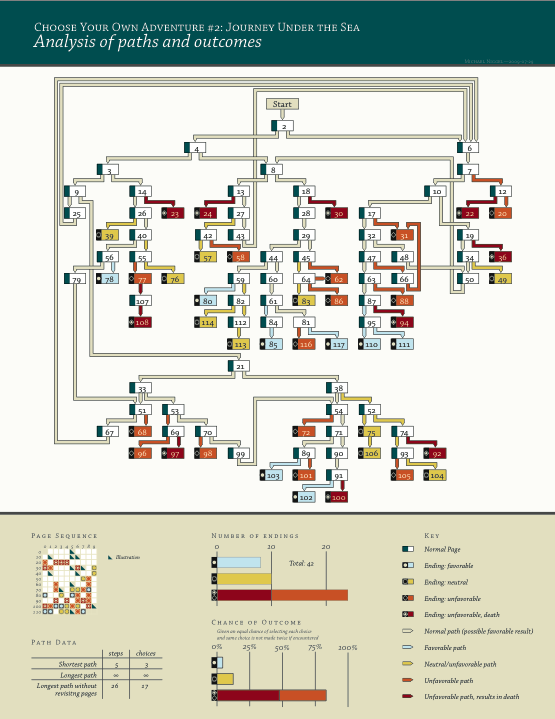
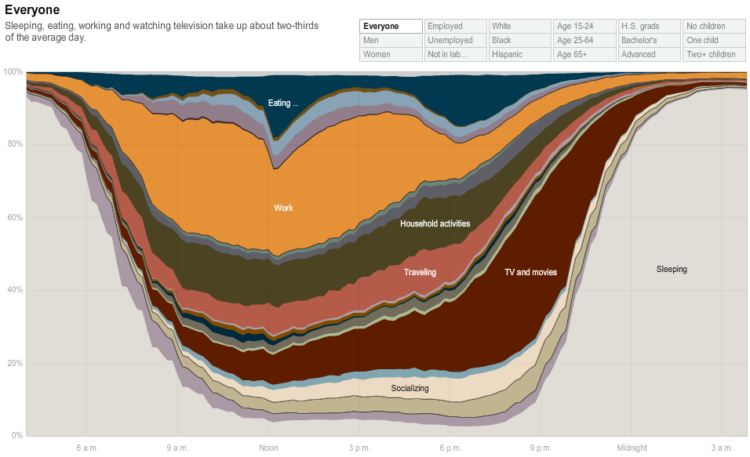

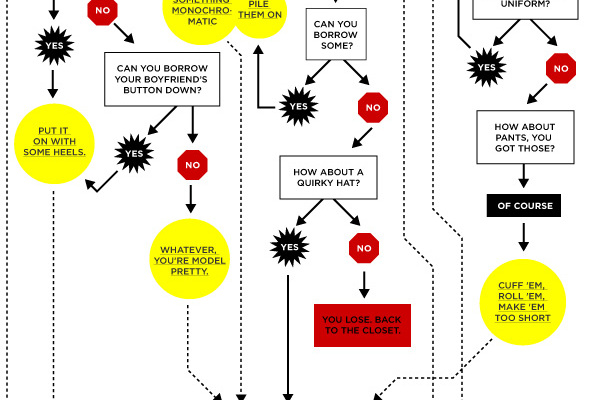
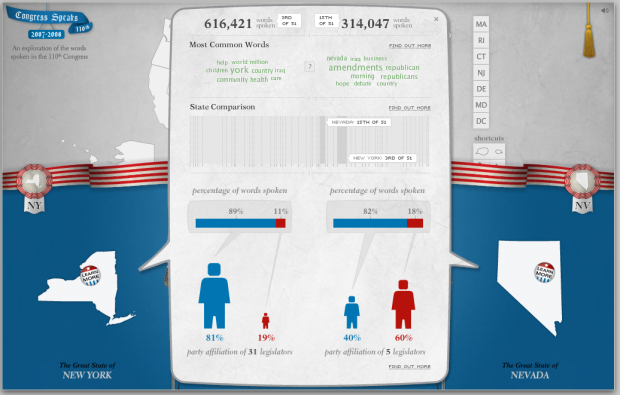
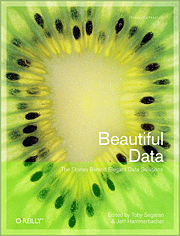
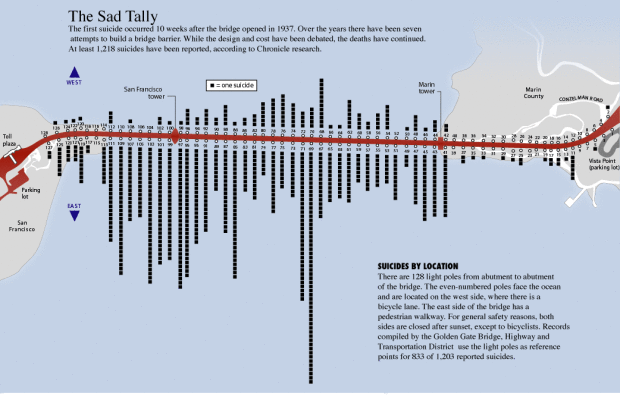


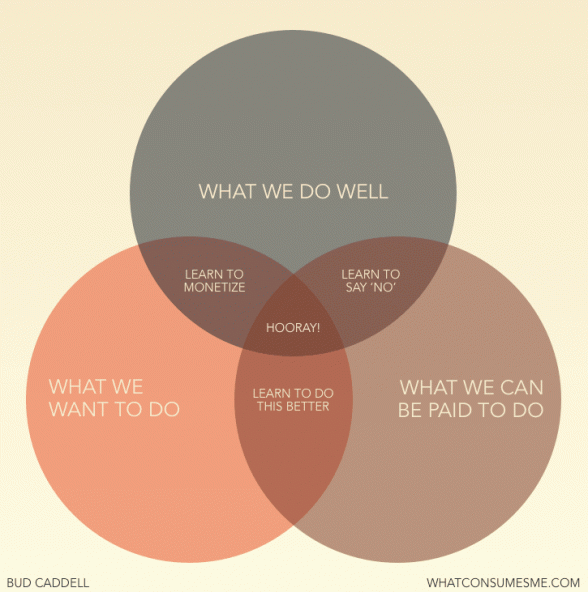
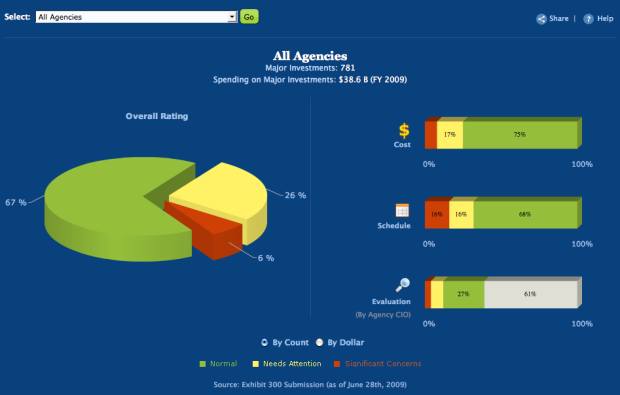


 Visualize This: The FlowingData Guide to Design, Visualization, and Statistics (2nd Edition)
Visualize This: The FlowingData Guide to Design, Visualization, and Statistics (2nd Edition)










